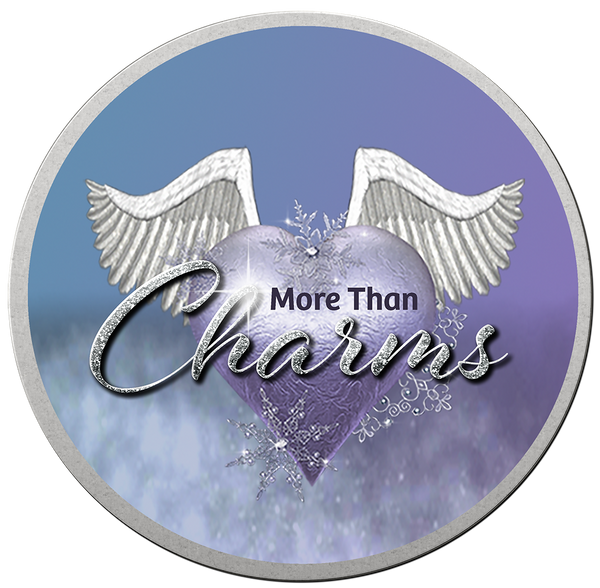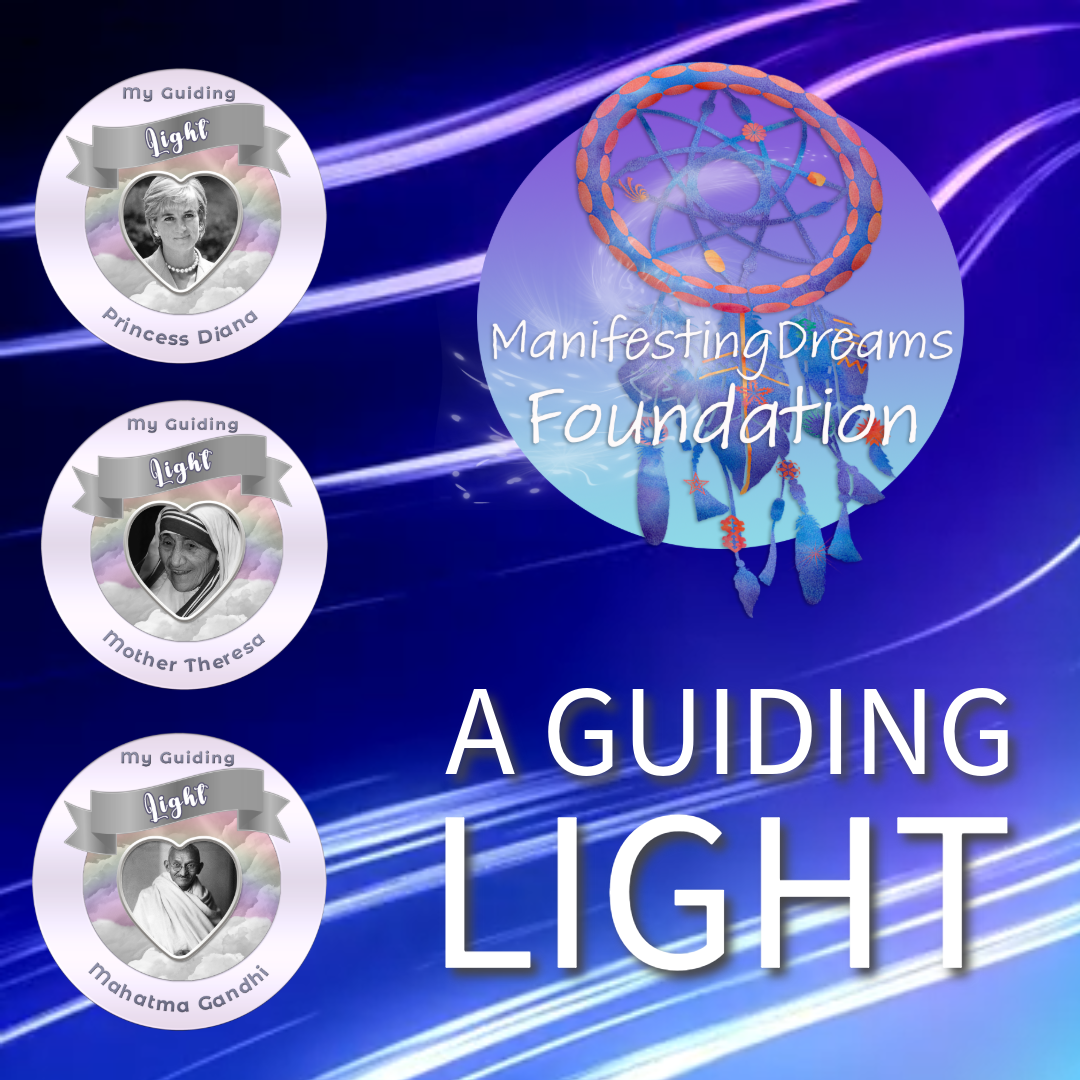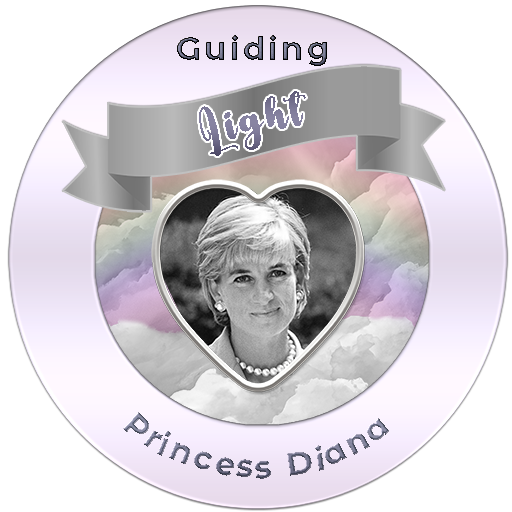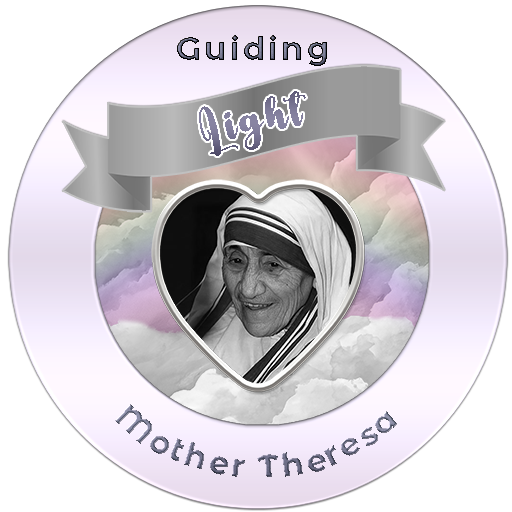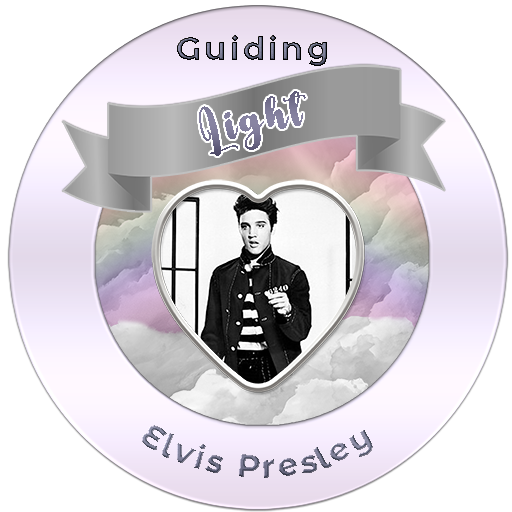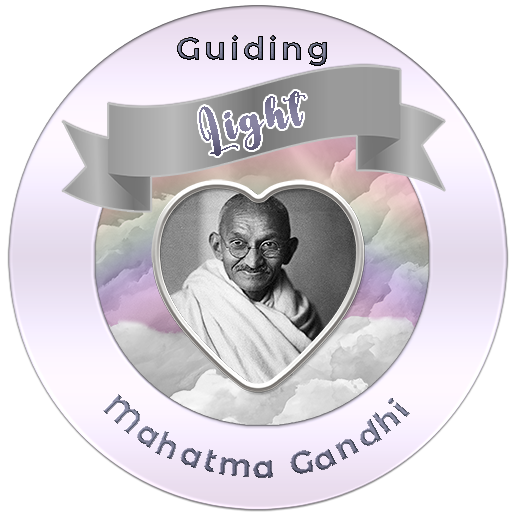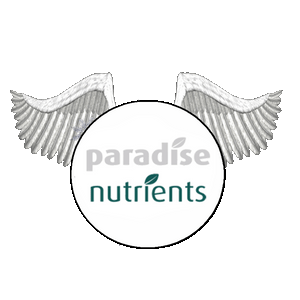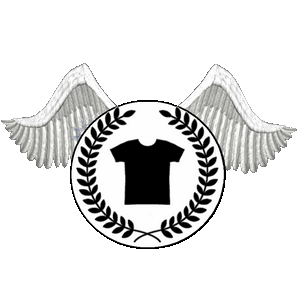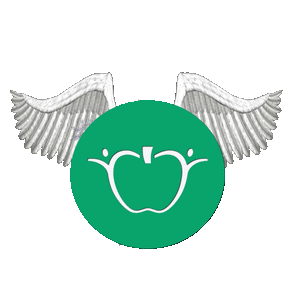For Hannah…healing hearts…Courage, Strength and Love
This is in memory of Hannah Clarke, who was a very good friend of an amazing counsellor friend of mine, who has helped so many people going through domestic violence over the years.
Hannah Clarke and her three children, Aaliyah, 6, Laianah, 4, and Trey, 3, lost their lives as a result of domestic violence on 19 February 2020.
Hannah’s heartbreaking confronting story was considered one of the most horrific acts of domestic violence Australia has ever seen. This has opened up people’s eyes to the form of domestic violence called 'coercive control'.
Coercive control refers to a pattern of behavior used by an individual to dominate, manipulate, or exert power and control over another person in an intimate or close relationship. Unlike physical abuse, coercive control primarily involves psychological and emotional tactics, with the aim of instilling fear, dependency, and submission in the victim.
Key characteristics of coercive control may include:
Isolation: The perpetrator seeks to isolate the victim from friends, family, and support networks, limiting the victim's access to external resources or perspectives.
Intimidation: The use of threats, both explicit and implicit, to create an atmosphere of fear and uncertainty. This can include threats of violence, harm to loved ones, or other forms of punishment.
Monitoring and Surveillance: The abuser may engage in excessive monitoring of the victim's activities, including checking phone messages, emails, or tracking their whereabouts, creating a sense of constant surveillance.
Manipulation and Gaslighting: Coercive controllers often engage in psychological manipulation and gaslighting, distorting the victim's sense of reality, making them doubt their perceptions, memories, or sanity.
Financial Control: Taking control of the victim's finances, restricting access to money, and creating dependence on the perpetrator for financial support.
Degradation and Humiliation: Emotional abuse through insults, name-calling, or other forms of degradation aimed at undermining the victim's self-esteem and confidence.
Interference with Independence: Restricting the victim's ability to make decisions, pursue education, or engage in employment, further reinforcing dependency on the abuser.
Now four years on with many guiding lights shining, a law has now passed in the Qld Parliament classing ‘coercive control’ as a criminal offence. So many people have been inspired by Hannah and her guiding light.
As a teacher, who has worked with many disengaged, special and traumatised children over the years, this affects everyone! We all know of people in our lives that this happens to and we all need to ban together to heal hearts as well as the perpetrators as they need help too.
Healing from coercive control is a complex and sensitive process that often requires a combination of individual and professional support. If you or someone you know is experiencing coercive control, it's crucial to prioritize safety and seek help from trained professionals. Here are some general strategies that may be part of the healing process:
Safety First:
- If you are in immediate danger, contact your local emergency services.
- Reach out to domestic violence hotlines or shelters for assistance and guidance on creating a safety plan.
Seek Professional Help:
- Consult with a mental health professional, such as a therapist or counselor, experienced in trauma and domestic abuse.
- Legal professionals can provide guidance on protective orders and legal avenues for protection.
Connect with Supportive Networks:
- Share your experiences with trusted friends, family, or support groups who can offer understanding, empathy, and encouragement.
- Join support groups for survivors of coercive control to connect with others who have gone through similar experiences.
Educate Yourself:
- Understand the dynamics of coercive control and emotional abuse to recognize unhealthy patterns and gain insights into the healing process.
Establish Boundaries:
- Clearly define and communicate your boundaries, both with the abuser and others in your life. Enforce those boundaries to protect your well-being.
Self-Care:
- Prioritize self-care activities that promote physical, emotional, and mental well-being, such as exercise, mindfulness, and relaxation techniques.
Therapeutic Approaches:
- Trauma-focused therapy, such as cognitive-behavioral therapy (CBT) or dialectical behavior therapy (DBT), can be beneficial for healing from the psychological impact of coercive control.
- EMDR (Eye Movement Desensitization and Reprocessing) therapy is another effective approach for processing traumatic experiences.
Empowerment and Assertiveness Training:
- Develop skills to assert your needs, express emotions, and rebuild self-esteem through empowerment and assertiveness training.
Legal Support:
- Consult with legal professionals to explore options such as obtaining restraining orders, custody arrangements, or legal separation.
Journaling and Reflection:
Create a Supportive Environment:
- Surround yourself with positive influences, constructive relationships, and environments that promote healing.
Educational Resources:
- Read books, attend workshops, or access online resources on healing from coercive control and rebuilding a healthy life.
- Remember, healing from coercive control is a gradual process, and seeking professional guidance is crucial. Encourage individuals in this situation to reach out to domestic violence hotlines, shelters, and mental health professionals who specialize in trauma and abuse. Everyone's healing journey is unique, and having a support system is essential for rebuilding a life free from coercive control.
Although it doesn’t talk about domestic violence in the blurb of the book or the upcoming movie, this is a book / movie (It Ends with us) that brings in what eventually happens to the main character when she was in a coercive control relationship and the eventual outcome! The sequel (It starts with us) shows the difference between a destructive relationship vs a healthy relationship! The author describes at the end the recollection of her own domestic violence memories about her own father!


